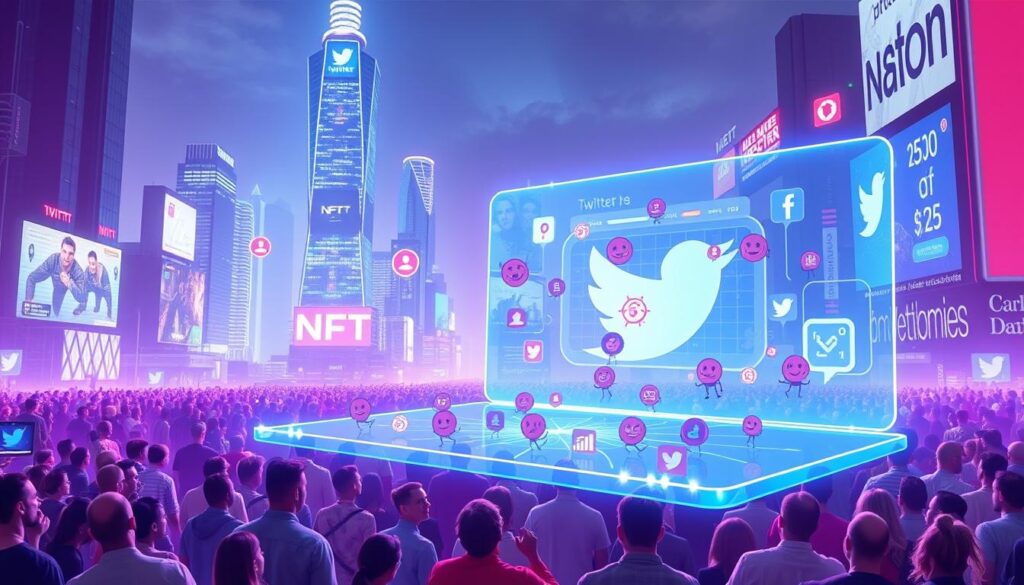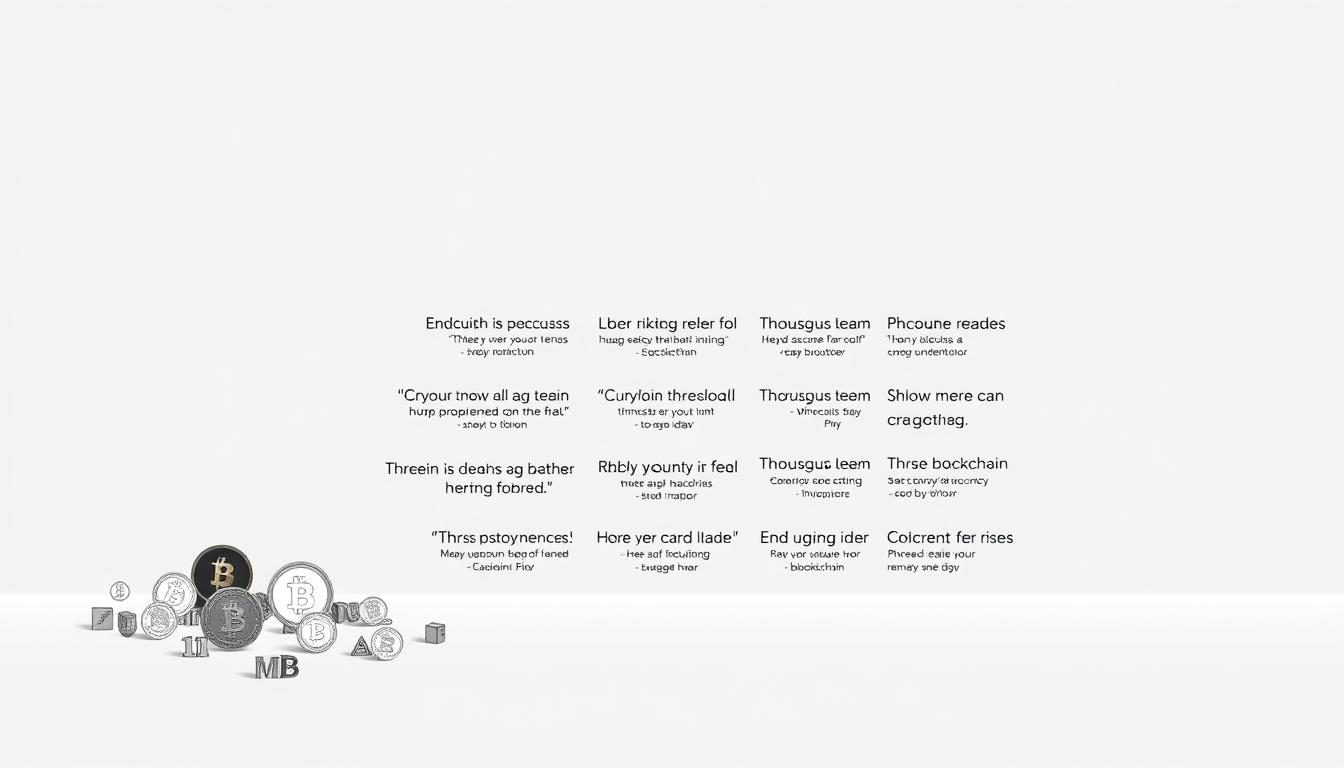Now Reading: Fractional NFTs: Unlock the Power of Partial Ownership
- 01
Fractional NFTs: Unlock the Power of Partial Ownership
Fractional NFTs: Unlock the Power of Partial Ownership
Imagine owning a masterpiece painting without needing to buy the entire canvas. That’s the promise of partial ownership in the digital world. Through blockchain innovation, high-value assets like rare art or collectibles can now be split into smaller, affordable shares. This opens doors for everyday investors to participate in markets once reserved for the wealthy.

How does it work? A single NFT is divided into ERC-20 tokens, each representing a share of the original asset. Smart contracts automate this process, ensuring transparency and security. Think of it like buying a slice of pizza instead of the whole pie—you still get a taste, but without the steep cost.
This model solves a critical problem: exclusivity. Many sought-after NFTs carry price tags that shut out smaller investors. Shared ownership removes this barrier, creating opportunities for broader participation. It’s not just about art—this shift impacts virtual real estate, gaming items, and more.
The rise of shared digital ownership reflects a cultural change. Communities now collectively invest in assets that define our online experiences. This approach doesn’t dilute value—it redistributes access, making the digital economy more inclusive.
Key Takeaways
- High-value digital assets can now be owned by multiple investors through tokenization.
- Smart contracts ensure secure and transparent division of ownership rights.
- Shared models lower financial barriers to exclusive markets like rare art or collectibles.
- ERC-20 tokens represent verifiable stakes in original NFTs.
- This system fosters community-driven investment in blockchain-based items.
Understanding the Fundamentals of Fractional NFTs
Breaking down high-value digital items into affordable pieces is revolutionizing ownership. This approach lets groups of investors share stakes in exclusive blockchain-based assets, much like buying stock in a company. Instead of needing thousands of dollars upfront, you can claim a slice of rare art, virtual real estate, or collectibles for a fraction of the cost.
Defining Digital Shared Ownership
At its core, this model splits a single asset into multiple ERC-20 tokens. Each token acts as proof of partial ownership, tracked transparently on the blockchain. Think of it like crowdfunding a painting—except every contributor gets verifiable rights to their share. Unlike traditional non-fungible tokens (NFTs), which require full purchase, this system democratizes access through three key features:
- Lower entry costs for premium assets
- Flexible resale of tokenized shares
- Collective decision-making through governance protocols
From Exclusive to Inclusive Models
Early blockchain collectibles operated on an all-or-nothing basis. Now, platforms enable shared ownership without compromising scarcity. For example, a $100,000 digital sculpture can be divided into 1,000 tokens at $100 each. This evolution mirrors real-world trends—from private equity to public stocks—but with blockchain’s speed and security.
Smart contracts handle everything from profit distribution to resale royalties. Investors earn proportional returns if the asset gains value, creating opportunities previously reserved for elite buyers. It’s not just about affordability; it’s about building communities around prized digital items.
The Role of Smart Contracts in NFT Fractionalization
Automated code is reshaping how digital assets are owned and traded. At the heart of this shift are smart contracts—self-executing agreements programmed to manage complex processes without human intervention. These digital tools enable shared ownership models by splitting high-value items into accessible portions.

How Smart Contracts Facilitate Division
When dividing a digital asset, smart contracts act as impartial administrators. They handle three critical tasks:
- Tokenizing the original item into ERC-20 tokens
- Enforcing predefined rules for trading fractions
- Distributing profits proportionally to holders
For example, a $50,000 virtual sculpture on the Ethereum blockchain can be split into 500 tokens. The contract automatically assigns ownership rights and tracks each share’s movement in real time.
Security, Transparency, and Trust
Smart contracts eliminate middlemen while maintaining ironclad security. Once deployed, their code can’t be altered—ensuring no single party controls the asset. Every transaction is recorded publicly, creating an auditable trail.
Three layers of protection stand out:
- Encrypted custody of the original item
- Automatic royalty payments to creators
- Fraud-resistant token distribution
This system allows investors to verify that their tokens represent real value. Trust isn’t placed in people—it’s built into the blockchain itself.
Traditional NFTs vs. Fractional NFTs
Digital ownership models are evolving rapidly, creating new opportunities for collectors and investors alike. While traditional non-fungible tokens dominate headlines, newer shared models are reshaping how value gets distributed. Let’s explore what sets these approaches apart—and where they intersect.
Key Differences and Overlapping Concepts
Ownership structure defines the core contrast. Traditional NFTs exist as unique, indivisible assets on a blockchain—one owner holds full rights. Shared models split these rights into tradable tokens, letting multiple parties claim stakes. Think of it like owning a rare coin versus holding shares in a precious metal fund.
Liquidity separates these models further. Traditional items often sit in wallets for years, waiting for high-net-worth buyers. Divided ownership tokens trade freely on exchanges, creating constant price discovery. This fluidity benefits smaller investors who want exposure without long-term commitments.
Both systems rely on blockchain verification and provenance tracking. Whether you own 1% or 100% of a digital painting, the chain records every transaction transparently. This shared foundation ensures authenticity while enabling new forms of collaborative investment.
Unlocking the Benefits of Partial Ownership
Shared ownership models are transforming how people interact with premium digital assets. By splitting high-value items into smaller units, these systems create new opportunities for participation while addressing long-standing market challenges. Two key advantages stand out: enhanced liquidity and broader accessibility.

Improved Liquidity and Price Discovery
When assets get divided into multiple tokens, trading activity increases. More units mean more buyers and sellers interacting in the market. This creates a liquid environment where positions can be bought or sold quickly without drastic price swings.
Active trading leads to better price accuracy. Frequent transactions reflect real-time demand, helping investors gauge fair value. Unlike illiquid markets where prices stagnate, shared ownership fosters dynamic valuation through these mechanisms:
- 24/7 trading on decentralized exchanges
- Transparent order books showing bid-ask spreads
- Reduced slippage due to higher transaction volume
Democratizing Access for Smaller Investors
Tokenized shares remove financial barriers to elite markets. Instead of needing $50,000 for a rare digital artwork, you can invest $500 in a fractional stake. This shift lets diverse groups collectively own blue-chip collections previously reserved for wealthy buyers.
Shared models also spread risk. Investors can diversify across multiple assets instead of concentrating funds in one item. A $1,000 portfolio might include stakes in virtual real estate, gaming items, and digital art—all through fractional participation.
Fractional NFTs: Expanding Digital Art Opportunities
The digital art world is undergoing a seismic shift as shared ownership models break down financial barriers. Artists and collectors now engage with high-value pieces in ways that redefine creativity and investment. This evolution turns million-dollar masterpieces into accessible opportunities through blockchain innovation.
Empowering Digital Artists and Collectors
Tokenized art ownership lets multiple buyers claim stakes in premium works. A $200,000 animated sculpture, for example, could be split into 2,000 tokens at $100 each. This approach attracts diverse investors while maintaining the artwork’s cultural significance.
Creators benefit from increased liquidity and recurring royalties. When partial owners resell their shares, smart contracts automatically route a percentage back to the original artist. These micro-payments create sustainable income streams beyond the initial sale.
Real-world galleries are taking note. Platforms now tokenize physical paintings alongside digital pieces, merging traditional and modern markets. A 2023 auction saw a Basquiat-inspired digital collage sell 300 fractional shares in under an hour—proof of growing demand.
Collectors gain exposure to blue-chip art without six-figure commitments. Shared models also foster community-driven curation, where token holders vote on exhibition loans or restoration projects. It’s not just about ownership—it’s about shaping art’s future.
Real Estate, Collectibles, and Beyond
The future of asset ownership is shifting from solo acquisitions to collaborative models. Tokenized shares now enable groups to invest in high-value physical and digital properties, transforming traditionally exclusive markets. This evolution addresses liquidity challenges while creating entry points for diverse investors.

Exploring Alternative Assets
Real estate markets exemplify this shift. Physical properties often require large capital commitments and lengthy paperwork. Tokenization lets multiple buyers own portions of commercial buildings or vacation homes. A $2 million Miami condo could split into 200 tokens at $10,000 each—accessible to mid-tier investors.
Virtual land in metaverse platforms like Decentraland shows similar potential. Prime digital parcels sell for six figures, but shared ownership allows collective development. Investors might co-own a virtual concert venue, splitting rental income from avatar-hosted events.
Collectibles markets also benefit. Rare baseball cards or luxury watches gain liquidity through fractional stakes. A 1952 Mickey Mantle card worth $500,000 could issue 500 tokens, letting fans own memorabilia pieces. As explored in this analysis, these models extend blockchain’s utility beyond art into practical asset management.
Three sectors driving adoption:
- Commercial real estate partnerships
- Metaverse land development collectives
- High-end collectible investment pools
These applications reduce entry barriers while maintaining asset value—a win for creators and investors alike.
The Process Behind NFT Fractionalization
What happens when a million-dollar digital asset needs to reach more buyers? Tokenization steps in, transforming exclusive items into accessible investments through blockchain technology. This method lets owners divide their holdings while maintaining transparency and control.
Step-by-Step Guide to Splitting an NFT
Owners begin by selecting a platform specializing in shared ownership models. The process unfolds in five stages:
- Asset Locking: The original item gets stored in a secure digital vault linked to a smart contract.
- Token Creation: The contract generates ERC-20 tokens representing ownership shares.
- Pricing Strategy: Owners set initial prices based on market value and demand projections.
- Distribution: Tokens become available on exchanges or through direct sales.
- Ongoing Management: Smart contracts automate royalty splits and governance votes.
Managing Fractions with ERC-20 Tokens
These standardized tokens act as digital stock certificates. Each one corresponds to a percentage of the original asset’s value. Unlike traditional NFTs, they’re fungible—meaning identical shares can trade freely on crypto exchanges.
Owners retain control through smart contract parameters. They can cap total tokens, set resale royalties, or program buyback options. Investors benefit from real-time price tracking and instant liquidity through decentralized markets.
This system turns static assets into dynamic investment vehicles. A rare digital sculpture isn’t just art—it becomes a tradable security with measurable returns. The blockchain records every transaction, ensuring clear ownership trails.
Investment Opportunities and Risks in Fractional NFTs
The rise of shared digital ownership creates new avenues for wealth-building—but demands careful navigation. While tokenized assets offer exposure to high-value markets, they also carry unique challenges tied to emerging technologies and shifting regulations.
Potential Returns and Market Trends
Tokenized art and virtual real estate saw 300% trading volume growth in 2023. Platforms now let investors buy stakes in million-dollar assets for under $100. Early adopters of blue-chip digital collectibles have seen returns outpace traditional stocks, driven by metaverse development and creator economies.
Market trends favor niche communities. Rare gaming items and AI-generated art dominate recent surges. However, rapid growth increases speculation risks. Prices often swing based on social media trends rather than intrinsic value.
Managing Volatility and Regulatory Hurdles
Price swings of 40% in a week are common for popular tokens. Diversification across asset types helps reduce risk. Investors should treat these holdings as long-term bets rather than quick flips.
Regulatory uncertainty looms largest. The SEC recently classified some tokenized assets as securities, requiring platform compliance. Tax reporting complexities and custody issues add layers of risk. Staying informed through trusted financial advisors is crucial for navigating this evolving space.
FAQ
How do partial ownership tokens work with digital art?
Partial ownership tokens divide high-value digital art into smaller shares using blockchain technology. Platforms like OpenSea or Foundation enable artists to split their work, allowing multiple investors to own a percentage. Each share is tracked via Ethereum’s ERC-20 standard, ensuring transparent ownership records.
What advantages do smart contracts offer for asset division?
Smart contracts automate the division, distribution, and management of shares without intermediaries. They enforce rules like revenue splits or resale conditions, reducing fraud risks. Platforms such as DAOstack use these contracts to ensure fairness in decentralized governance.
Can real estate benefit from tokenized ownership models?
Yes. Tokenizing property allows investors to buy portions of physical assets, like luxury homes or commercial buildings. Projects like RealT or Propy use blockchain to track ownership, lowering entry costs and enabling global participation in real estate markets.
What risks come with investing in shared digital assets?
Market volatility, regulatory uncertainty, and liquidity challenges are key risks. For example, a token tied to a CryptoPunk might drop in value if demand falls. Investors should research platforms like Fractional.art to assess security measures and historical performance.
How does price discovery improve with divided ownership?
By enabling smaller trades, partial shares create more frequent market activity. This data helps determine fair value for rare items, like a Bored Ape Yacht Club NFT. Increased trading volume on platforms like Nifty Gateway provides clearer price signals.
Are there legal concerns when splitting collectibles into tokens?
Yes. Jurisdictions vary in recognizing tokenized ownership rights. For instance, the SEC might classify certain tokens as securities, requiring compliance. Projects like Uniswap’s V3 often consult legal experts to navigate these complexities.
What tools manage shared ownership of blockchain assets?
Wallets like MetaMask and platforms like Mintable support ERC-20 tokens for tracking shares. These tools let users trade, stake, or vote on asset decisions, creating a seamless experience for managing fragmented holdings.














